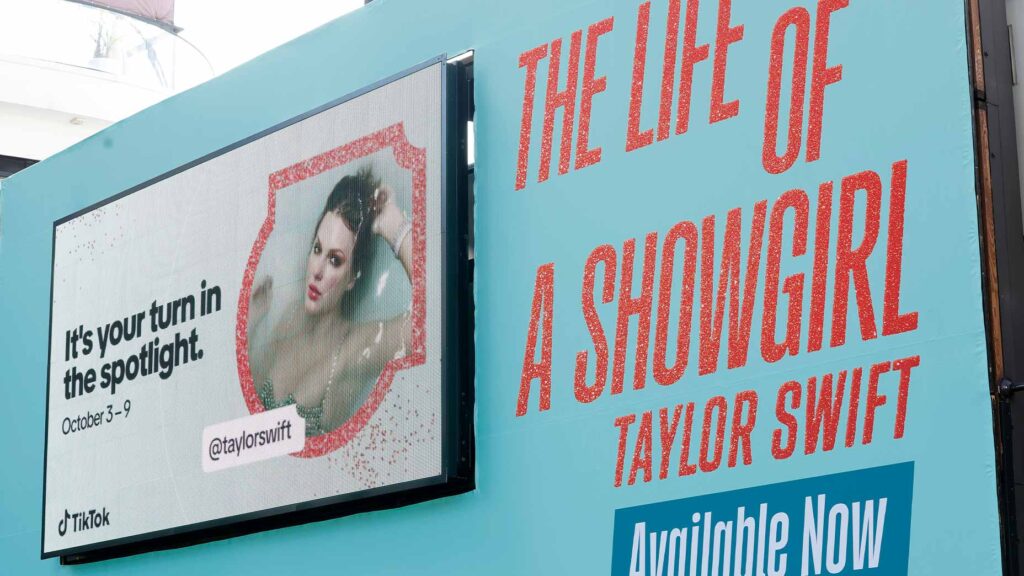Taylor Swift and the Future of Pro Golf: Lessons in Fame, Fortune, and Quality
Introduction
In recent years, Taylor Swift has emerged as a cultural phenomenon, captivating audiences across various platforms and making headlines in music, film, and even sports. Whether you love her or hate her, one thing is undeniable: Swift has made a lasting impact. This article will explore the intersection of Swift’s success and the challenges facing professional golf, specifically analyzing how both can thrive by balancing quality and volume to maximize engagement and revenue.
Taylor Swift’s Cultural Impact
If you’ve turned on a television, browsed social media, or attended an event within the last few years, you couldn’t escape encounters with Taylor Swift’s influence. From her music dominating charts to her frequent appearances at NFL games, Swift has expanded her reach into our daily lives. Her ability to evoke opinions—whether positive or negative—demonstrates her cultural resonance. Understanding how Swift creates an emotional connection with fans offers key insights into the business of entertainment.
Pro Golf’s Schedule Fatigue
In stark contrast to Swift’s omnipresence, professional golf has struggled to maintain fan interest. The sport’s shift to a year-round schedule has left many fans feeling fatigued. Instead of eagerly awaiting each tournament, many have become ambivalent, leading to decreased viewership and engagement. This change poses a significant challenge for the sport, particularly as star players have sought alternative options like LIV Golf, citing the need for more freedom and excitement in their schedules.
The Volume vs. Quality Debate
Early theories in the golf industry suggested that an extended schedule would lead to greater financial success by providing more broadcasting opportunities. While this strategy initially appeared effective, it ultimately led to a dilution of the sport’s appeal. Golf has become a game of volume lacking an emotional hook, much like a local diner that expands its menu without improving its food quality. Merely adding events doesn’t guarantee increased fan engagement; the content must resonate.
The Role of Brian Rolapp
Enter Brian Rolapp, the newly appointed CEO of the PGA Tour. Rolapp has pledged to bring about “significant change” by focusing on scarcity and simplicity. He aims to reduce the number of events while enhancing their quality, creating a better overall experience for fans and players alike. By connecting the regular season to the postseason more clearly, he seeks to make golf easier to follow and more enjoyable for its fans.
Learning from Taylor Swift’s Business Model
What can professional golf learn from Taylor Swift? Swift has mastered the balance of quality and volume. Her recent album, The Life of a Showgirl, shattered sales records, and she has successfully turned various facets of her artistic career into profitable ventures—from world tours to merchandise. Each offering caters to different segments of her audience, from casual fans to diehard Swifties, creating multiple revenue streams that reinforce her brand.
The Importance of Audience Segmentation
Swift’s success lies not only in her music but in her understanding of her audience. She successfully markets to various consumer profiles, ensuring that every fan feels included. By having multiple entry points into her brand—be it through music, events, or exclusive merchandise—she maintains a robust connection with her audience. Golf must also consider audience segmentation to create a more engaging experience for its varied fan base.
Creating Compelling Golf Events
Rolapp’s focus on enhancing event quality in golf is reminiscent of Swift’s ability to create memorable experiences through her tours and promotional campaigns. Golf events need to become more than mere competitions; they should be memorable experiences that fans look forward to. This requires creativity in event design, promotion, and fan engagement strategies, ensuring that every tournament feels unique and worth watching.
The Challenge of Balancing Quality and Volume
The challenge for professional golf lies in finding the right balance between quality and volume. Swift’s empire teaches us that you can indeed excel in both; the key is to be meticulous and intentional in every aspect. Golf must consider how to offer high-quality tournaments while also providing enough variety to keep fans engaged throughout the year.
Conclusion: Listening to the Audience
As Taylor Swift’s career continues to soar, she serves as a compelling case study for how to navigate the complex worlds of fame and fortune. The challenges faced by professional golf present an opportunity for reinvention. By listening to fan needs and focusing on quality experiences, the sport can redefine itself and revive interest. It’s time for golf to turn the page and embark on this transformative journey—because, much like a great song, success in sports relies on a harmonious blend of elements.
In summary, the journey of pro golf mirrors that of Taylor Swift in many respects. Both must continually evolve to meet audience demands, ensuring that neither quality nor volume is sacrificed in the pursuit of excellence. The future holds great potential for professional golf, provided it pays heed to the lessons learned from pop culture icons like Swift.


